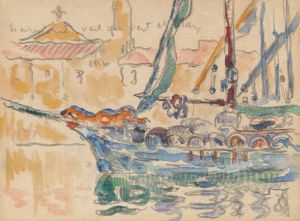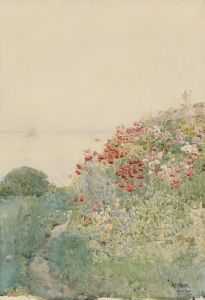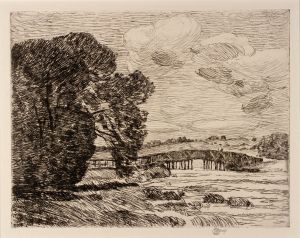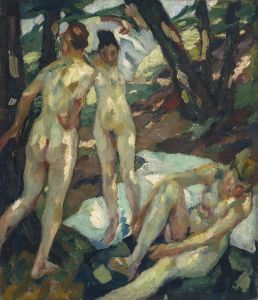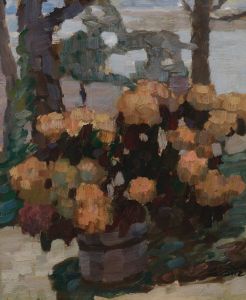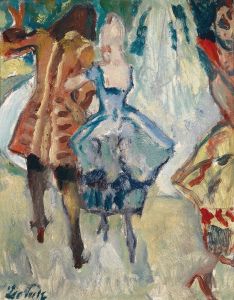
Frieda am Langenbürger See
A hand-painted replica of Leo Putz’s masterpiece Frieda am Langenbürger See, meticulously crafted by professional artists to capture the true essence of the original. Each piece is created with museum-quality canvas and rare mineral pigments, carefully painted by experienced artists with delicate brushstrokes and rich, layered colors to perfectly recreate the texture of the original artwork. Unlike machine-printed reproductions, this hand-painted version brings the painting to life, infused with the artist’s emotions and skill in every stroke. Whether for personal collection or home decoration, it instantly elevates the artistic atmosphere of any space.
"Frieda am Langenbürger See" is a painting by the German artist Leo Putz, created in 1910. Putz, a prominent figure of the Munich Secession movement, was known for his Impressionist and Art Nouveau styles, which often featured vibrant colors, fluid brushwork, and a focus on light and atmosphere. This painting exemplifies his mastery in capturing the interplay between human figures and natural surroundings.
The artwork depicts a woman named Frieda, who is seated by the Langenbürger See (Lake Langenburg), a serene body of water. The composition highlights the tranquil relationship between the subject and the landscape, a recurring theme in Putz's oeuvre. Frieda is portrayed in a relaxed pose, her figure harmonizing with the soft, natural tones of the lake and its surroundings. The painting reflects Putz's interest in plein air techniques, as he often worked outdoors to capture the immediacy of light and color in nature.
"Frieda am Langenbürger See" is considered a significant example of Putz's work during his mature period, where he explored themes of leisure, femininity, and the beauty of the natural world. The painting is also indicative of the broader cultural trends of the early 20th century, when artists sought to move away from rigid academic traditions and embrace more personal, emotive expressions of art.
The painting is currently housed in a private collection, and its exact provenance is not widely documented. However, it remains an important piece within Putz's body of work and is frequently referenced in discussions of German Impressionism and the Munich Secession.





